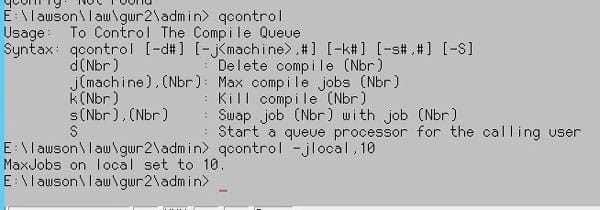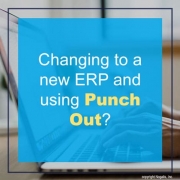Many companies are turning to enterprise resource planning (ERP) tools with accounts payable (AP) automation to harness both solutions’ abilities and level up their businesses’ values, according to PYMNTS.com. By bridging AP automation to ERP capabilities, it enhances working capital management, reduces operational costs and improves productivity. Per the article, the following advantages are available:
ERP and AP Automation Uptake
“Implementing cloud-based ERP software has appealing benefits, but industry analysts find most companies lack the comprehensive AP capabilities necessary for efficient record keeping or rapid invoice and payment processing. AP automation simplifies the invoicing process to the extent that it can cut the cost of processing a single invoice.”
Benefits of Combining ERP and AP Automation Solutions
“Augmenting ERP software with robust AP automation capabilities produces a system that significantly reduces typical human errors, such as duplicate invoice payments, and often provides additional support for innovative payment methods.”
Upgrading ERP Simultaneously With AP Automation
“Embracing AP software solutions by implementing them simultaneously with ERP upgrades can streamline technical integration efforts and maximize worker productivity.”











